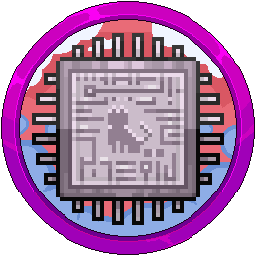Pterodactyl Terminology - What Do The Terms Mean?
Sometimes the panel can be really confusing when understanding the terminology, so I have included the list below, with some easy to understand statements at the end of each bullet point to gain more understanding of how the application works.
- Panel — This refers to Pterodactyl Panel itself, and is what allows you to add additional nodes and servers to the system. Written in ReactJS and Laravel. Obvious enough!
- Node — A node is a physical machine (dedicated or VPS) that runs an instance of Wings. Dedicated systems you buy from a provider.
- Wings — The a service written in Go that interfaces with Docker and the Panel to provide secure access for controlling servers via the Panel. The guy that does the talking between panel and docker.
- Server — A server refers to a running instance that is created by the panel. These servers are created on nodes, and you can have multiple servers per node. One small house.
- Allocations - Allocations are ports which you assign to the servers. For example, 25565 for the BungeeCord server for a proxy or MC server, then another "allocation" for Bedrock, 19132. Basically ports given to a container.
- Docker — Docker is a platform that lets you separate the application from your infrastructure into isolated, secure containers. A city of houses.
- Container — Each server will be running inside an isolated container to enforce hardware limitations (such as CPU and RAM) and avoid any interference between servers on one node. These are created by Docker. Again, the same one small house.
- Docker Image — A Docker image contains everything needed to run a containerized application. (e.g. Java for a Minecraft Server). Operating systems like Windows.
- Nest — Each nest is usually used as a specific game or service, for example: Minecraft, Teamspeak or Terraria and can contain many eggs. Multiple categories.
- Egg — Each egg is usually used to store the configuration of a specific type of game, for example: Vanilla, Spigot or Bungeecord for Minecraft. Select the "gamemode" of the game/service from the Nest chosen.
